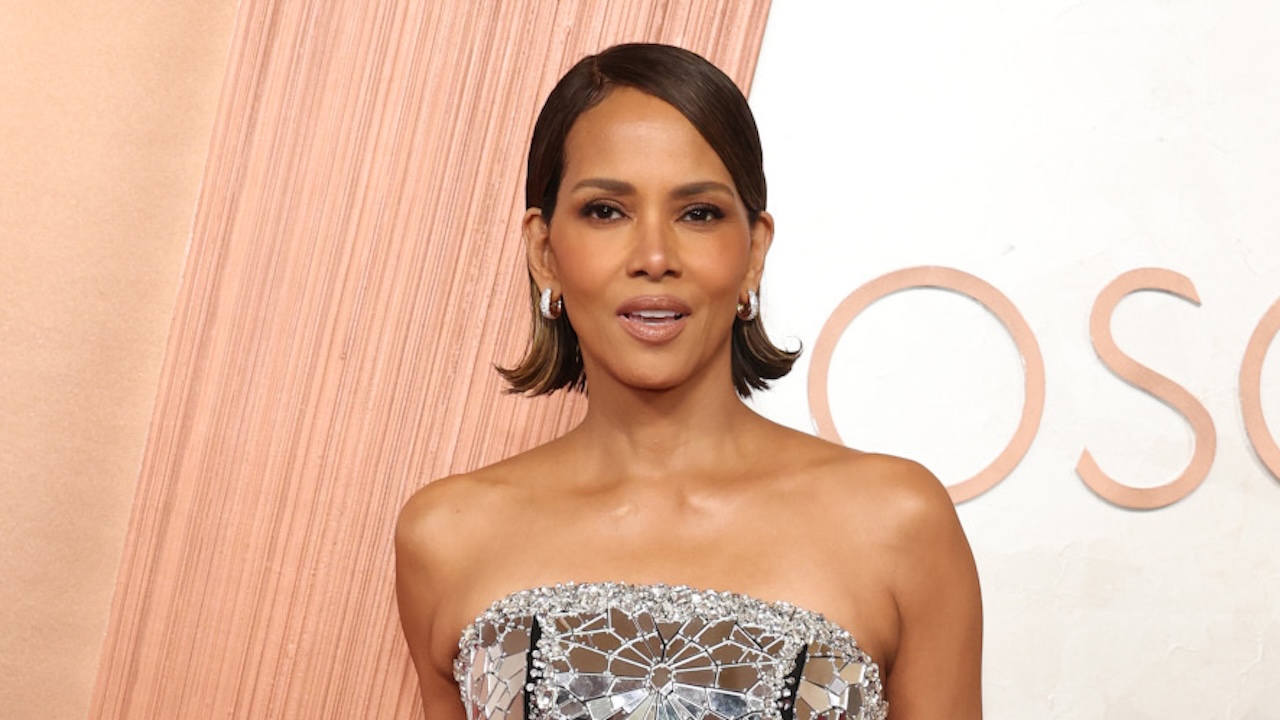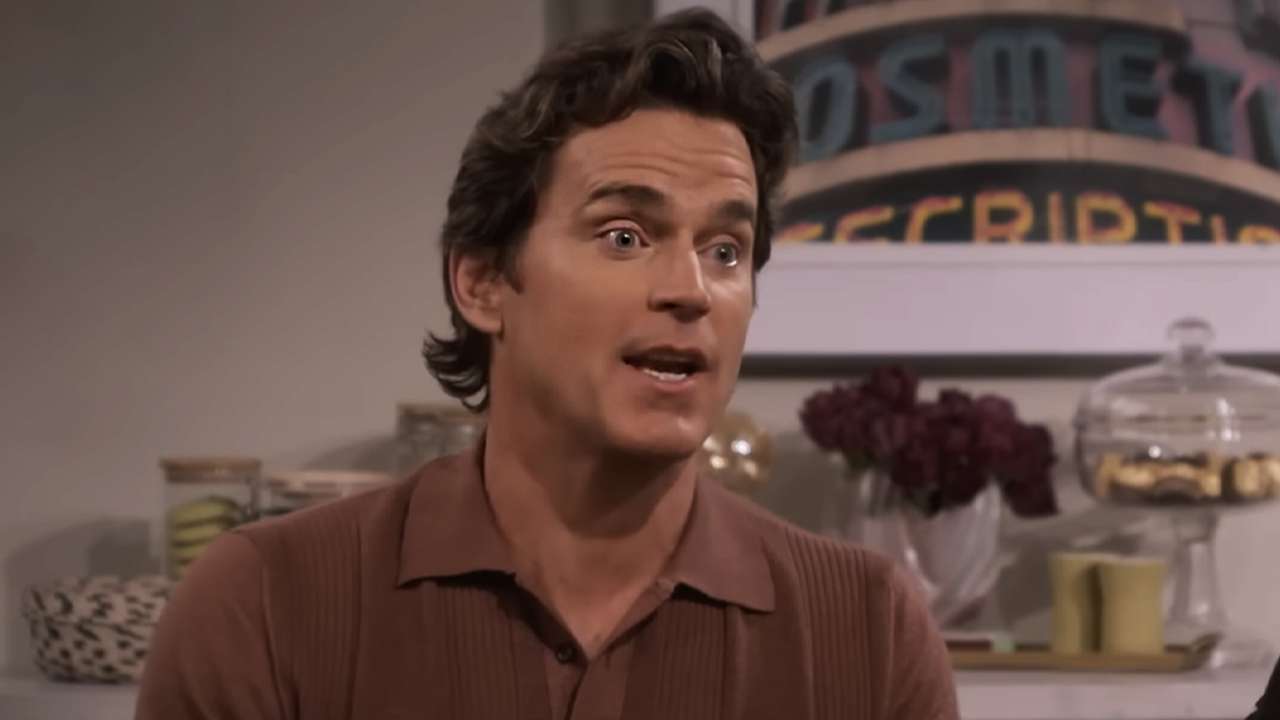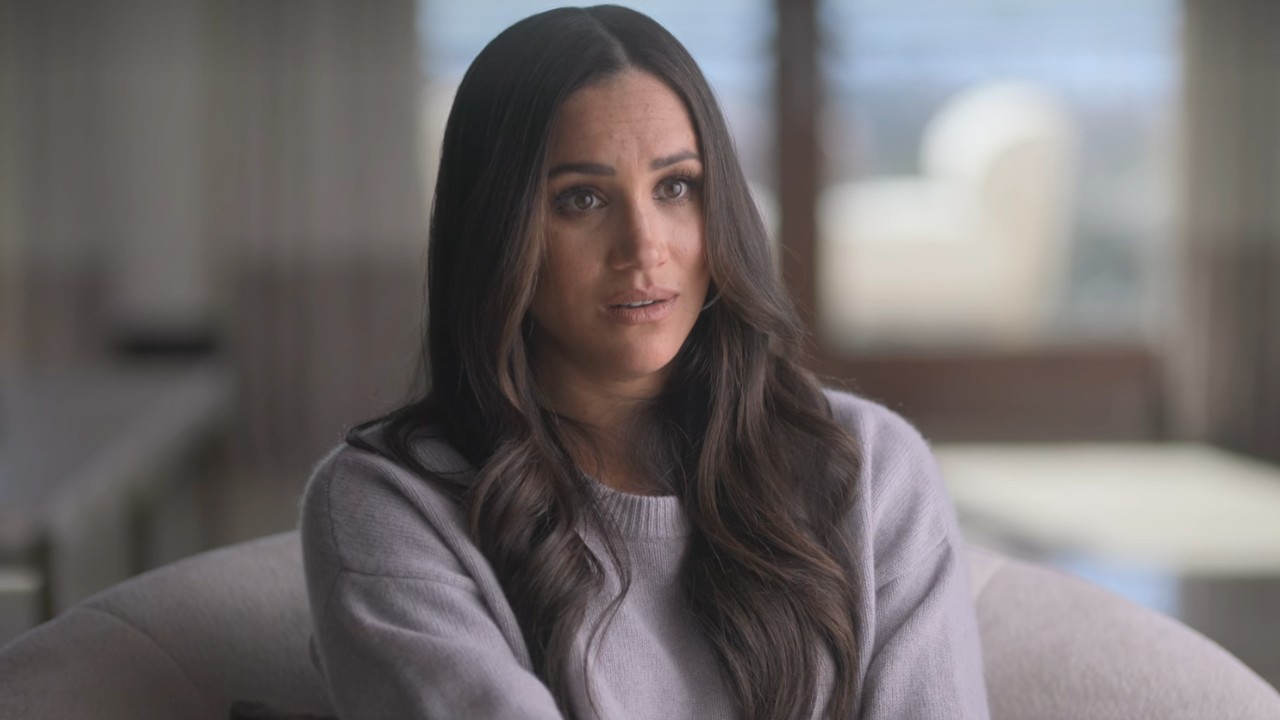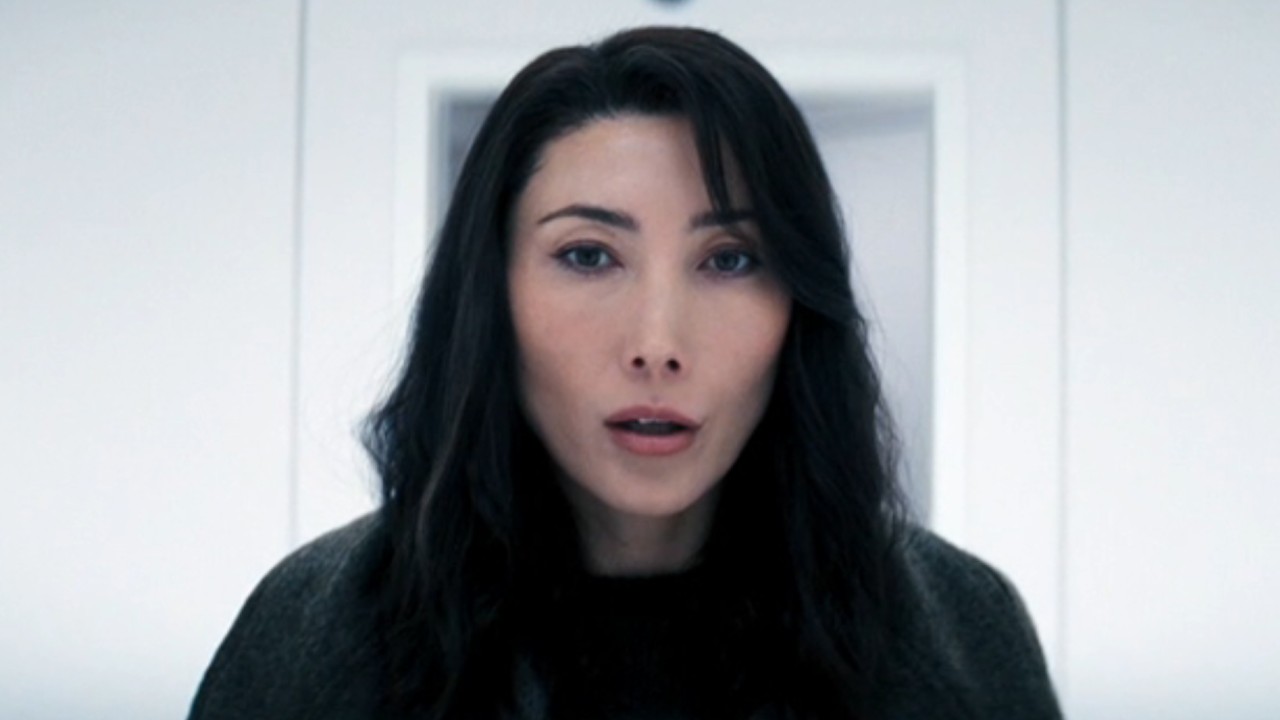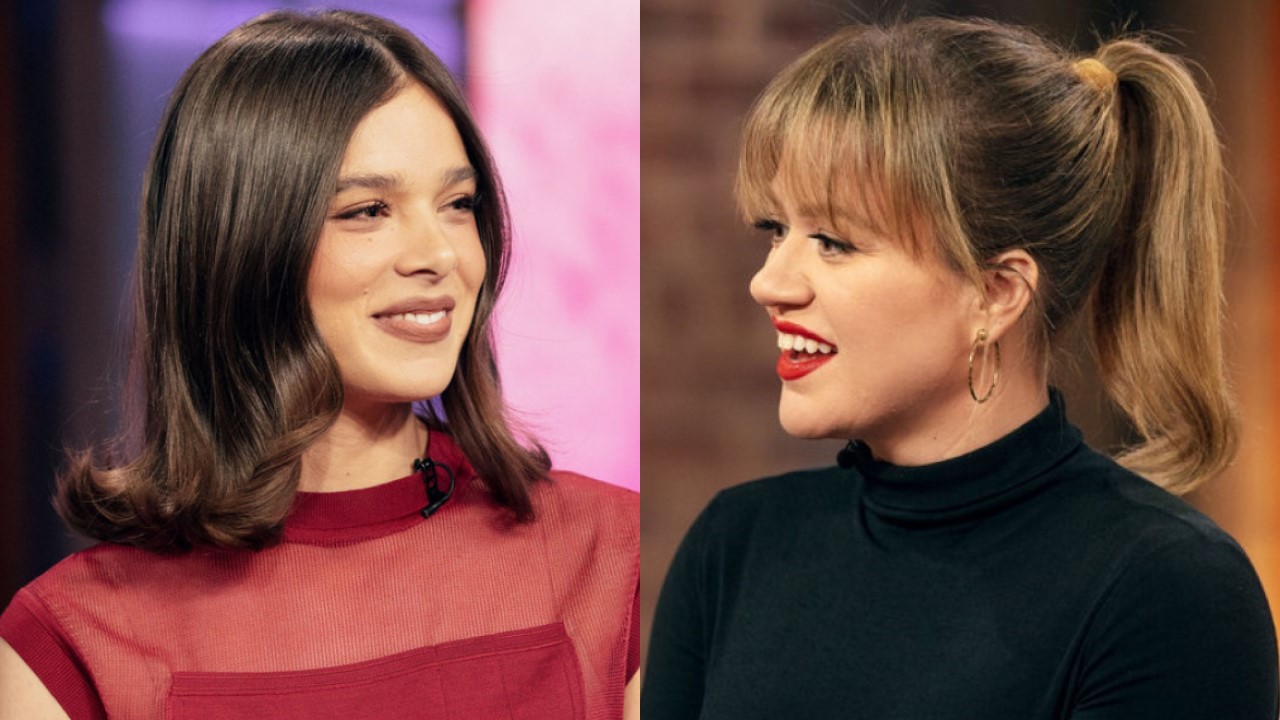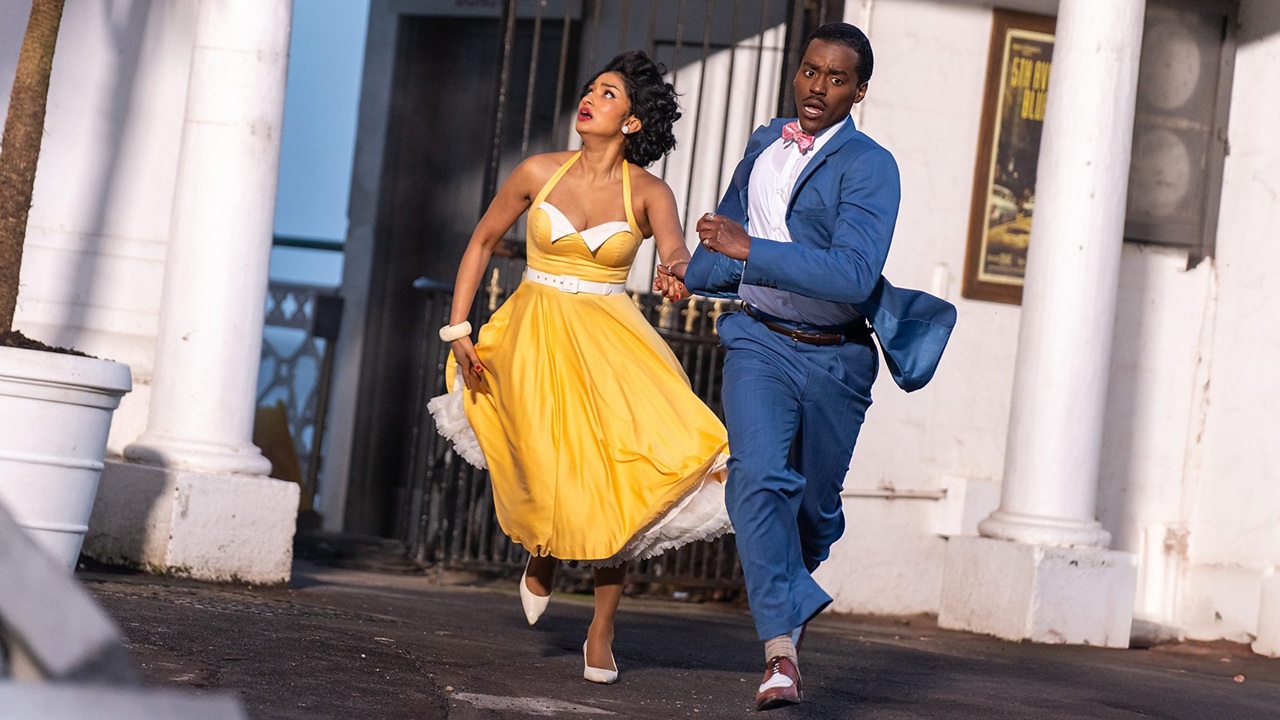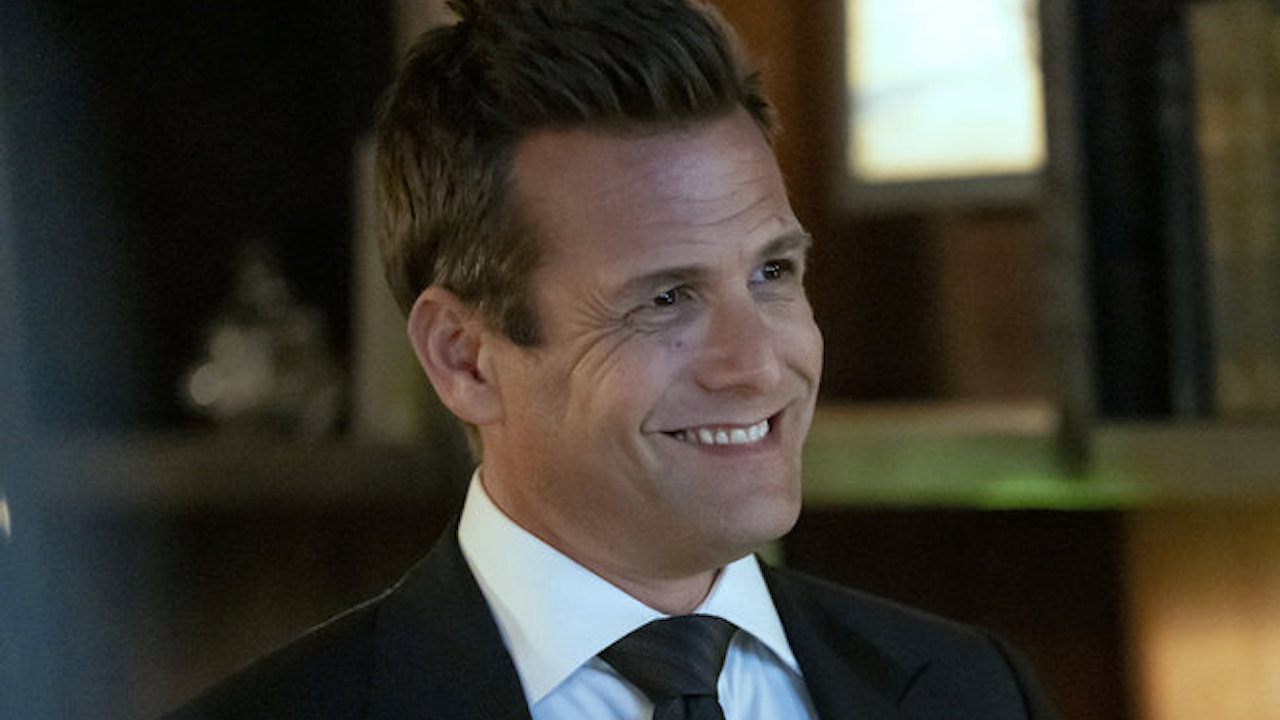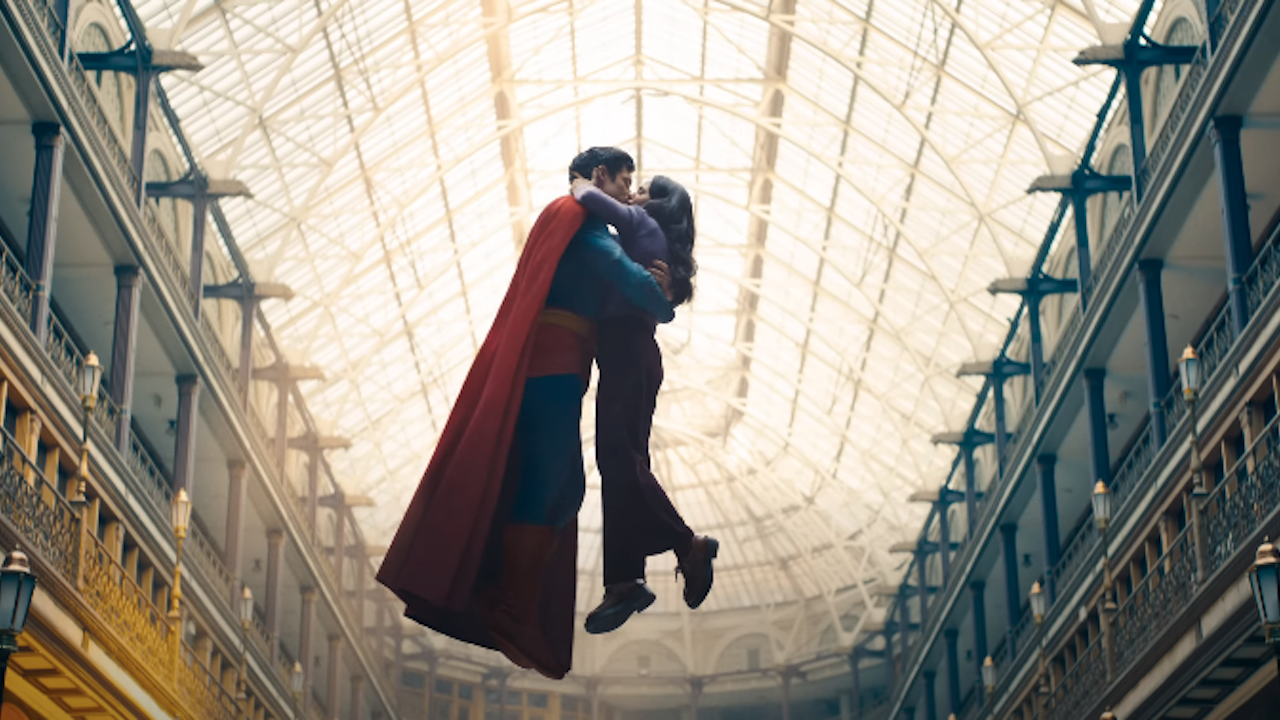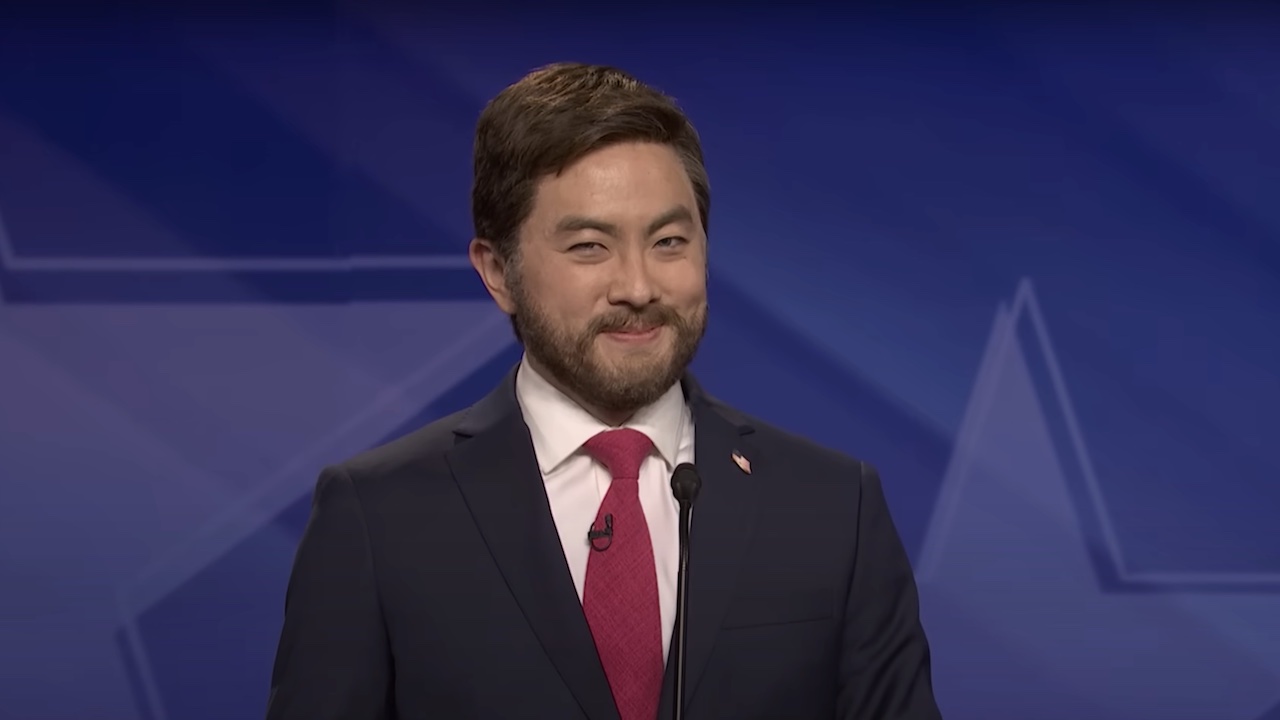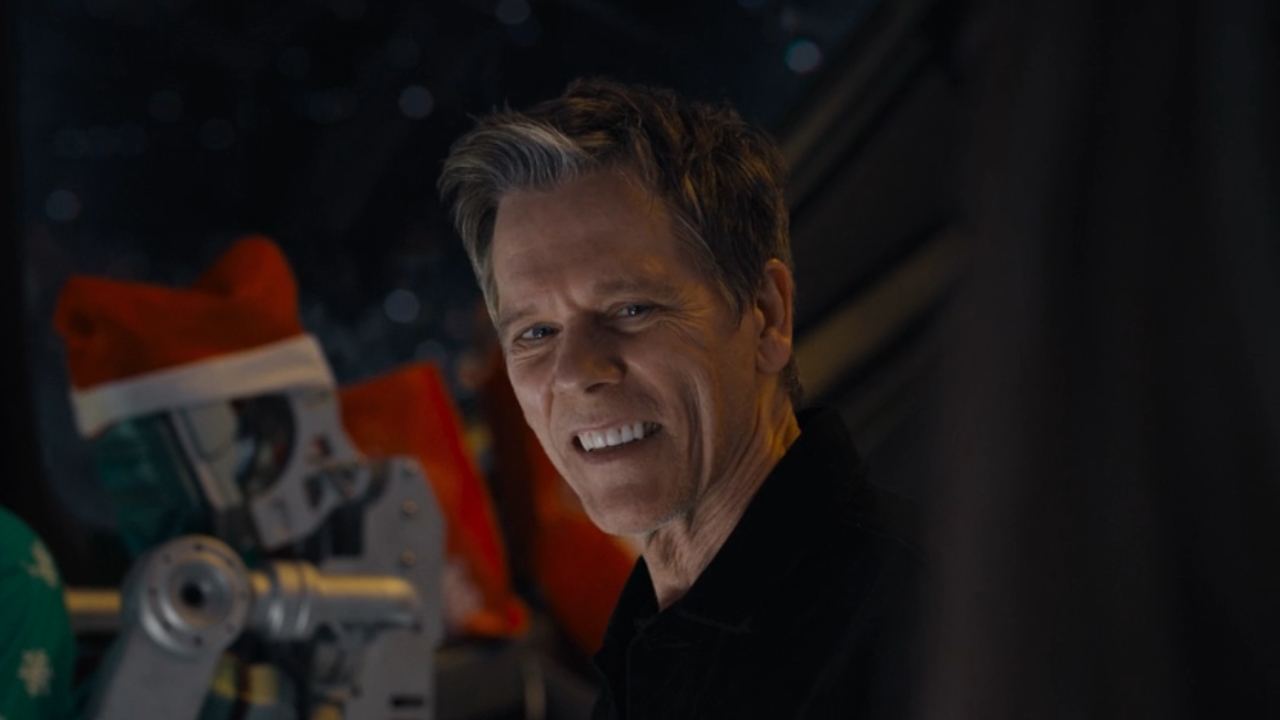Exclusive Interview: Rango Director Gore Verbinski
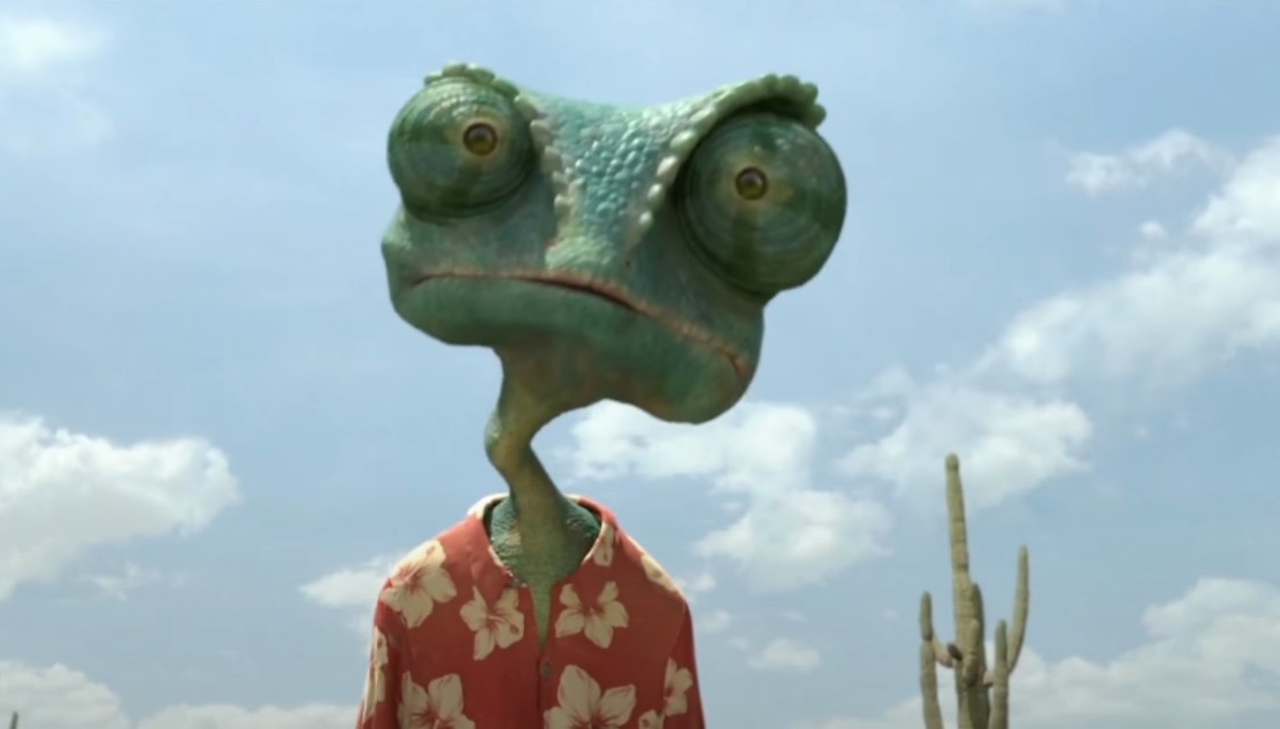
Director Gore Verbinski kicked off his career in 1997 directing the family comedy Mousehunt. Following that, in 2001 he switched target audiences and made The Mexican, an action/comedy with Brad Pitt and Julia Roberts. Changing it up yet again in 2002, he helmed The Ring, which scared the pants off audiences nationwide. Next he went all out and made the raucous adventure comedy Pirates of the Caribbean and then turned around to make the Nicolas Cage comedy/drama The Weather Man. If the pattern isn’t already clear, Verbinski is a director that doesn’t like to make the same movie over and over, and that’s certainly on display in his newest venture, the animated film Rango.
Reteaming the director with star Johnny Depp for the fourth time, the new film is Verbinski’s first venture into full-blown animation, but it fits him like a glove. As a piece of art, I make no hesitation in calling it one of the most beautiful animated films I have ever seen and it’s so incredibly bizarre that it keeps you engaged from beginning to end. Naturally I was elated when I heard that I would have the opportunity to speak with the director one-on-one.
Amongst the many topics discussed, Verbinski told me about the strange language he has developed with his star, how Oscar nominated cinematographer Roger Deakins came to be involved with the project and how the film’s two incredible cameos came together. Check it out below!
WARNING: Some may view parts of this article as spoilers and while I don’t think they are, I want to make sure to keep all of our readers happy. They are clearly marked, so if you wish not to be "spoiled", simply read around the marked area.
You and Johnny Depp have now worked on four films together, so you obviously enjoy each other’s company. What’s the dynamic between the two of you on set? Also, have you, Johnny and Tim Burton sat down yet to discuss some sort of timeshare system?
You know, it’s funny, I met Tim just briefly. It takes two, two and a half years to make a movie, particularly a complicated film, and Johnny can do six movies in that time. I think the timeshare thing just happens by virtue of the calendar. Johnny and I developed a language. I’ll say something like, “Put some more fuzz on that. That was good, but a little stinkier right here.” And he totally knows exactly what I mean. I’ll use sound effects to direct him sometimes. Sometimes I’ll start with cadence, use musical metaphors. I try to push and find something awkward. The gems to me are truly awkward situations and you have to have somebody who’s willing to fail because those can’t be conceived. They never play if they’re thought about and discussed too much. You have to create them right at the moment and look for something honest. There are a lot of carcasses on the side of the road, I can assure you that.
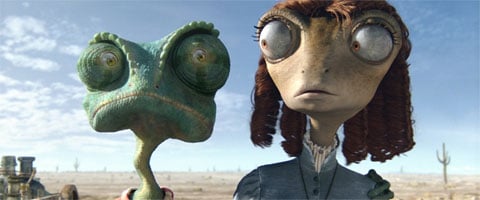
In terms of your career, you’ve developed a trademark of eclecticism and never really do the same thing twice – the obvious exception being the Pirates of the Caribbean sequels. That said, very few directors ever make that leap from live-action to animation. What spurred the decision to make this movie?
CINEMABLEND NEWSLETTER
Your Daily Blend of Entertainment News
Well, I think it’s really great to do something that you’re not sure you can do. I’ve certainly thought that about The Ring and I thought that about the first Pirates. When you wake up at three in the morning in a cold sweat you’re brain is just firing a lot faster, you’re a little scared. And I just think it’s growth when you pursue something you’re not sure you can do. It’s too hard a job I can always sell real estate for the rest of my life. Learn on the job training. That’s what keeps me going. People ask me, “Would you make another animated movie?” as if animation is some genre, and there are 2,000 animated shots in the Pirates films, so it depends on the story. It really depends on the story, what it is about the story that I find compelling and a little dangerous.
You mentioned that you used extensive animation on the Pirates movies, but have you ever had experience making a full-blown, 100% CGI animated film before Rango?
Well, sequences. And we do a lot of pre-vis and storyboarding and quite often I’ll use…I’ve never created a full story reel of a movie, this is my first time doing that, but certainly developed a very similar approach to elaborate action sequences. We felt quite comfortable, and my relationship with Hal Hickel and John Knoll and the guys at [Industrial Light and Magic], we’ve worked so much together. There’s a language there that I had an opportunity to draw upon. You strike up relationships with people, you get a team together.
Watching some of the behind-the-scenes featurettes I love how you actually had the actors perform their roles. Speaking with animation directors I’m always curious as to how they get the actors into the right mindset when they are just sitting in a booth.
I think everybody uses a technique that they’re comfortable with. If you’ve never directed actors or you’ve spent a tremendous amount of time doing the story reel and recording voices, temp voices, the entire time, so becoming very attune to the pitch I want and they’re trying things and failing and so you get that really sharp target. And I could see an animation director trying to hire an actor and have them do exactly what you’ve been doing for the last year and a half. But I got Ned Beatty and Harry Dean Stanton I’m going to see them together. This is the story, this is your character, I have the sense of the landscape, I have the sense of the scene, I have all that stuff. But I’m also looking for something else to happen, an accident or something. You’re focused on the story you intend to tell and then you have to have a peripheral net out to catch these accidents.
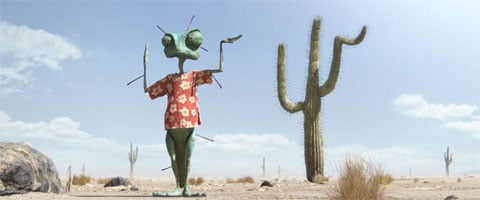
From all of the footage you collected, is there a live-action version of Rango floating around somewhere out there?
No, I mean those clips that they showed were really the bi-product of a process. Those are 100% pursuit of a lively soundtrack and something real. There were a couple gifts along the way; probably about 15% of it I would use as reference from time to time to show an animator, but it may be completely different scenes. This is this person reacting to something and look how natural that reaction is. Take that reaction and put that in this scene.
One of the cooler things I noticed while watching the credits during my screening was that Roger Deakins worked as a visual consultant on this film and he, of course, just worked with the Coen brothers on another Western, True Grit. What was the extent of his job and what was it like working with him?
I called Roger about two months in when the lighting technicians were inundating me with questions about…let me jump back a bit. As we started to light scenes they moved the camera around and I think they expected the lights to stay in the same place and I was like, “We would never do that.” I would do layout, which is a different process where it was all about camera, not about lighting, and it was cheating and moving. [Note: Where I was sitting there was a thermostat above my head and my chair was against a wall] I would put you somewhere else because the thermostat is too close to your head and this wall would go to do an over-the-shoulder and I would put a negative on the floor to reduce the fill light. We’d be having these discussions endlessly about how we do when we make a movie and I was just like, “Roger, help. Too many questions.”
He came in and seemed to really enjoy what we were doing and had some great tips and then he was just basically at the end of a phone or an email. Every time we would set up a shot and start the lighting discussion I’d say, “Have you sent this to Roger yet?” There’s always two suns in the movie because we always shoot that direction [points towards me] and then we shoot that direction [points away from me]. And usually we would orienting ourselves facing south, so we would get a decent light on there. For scenes that wasn’t happening, in the computer you could just leave the sun there. So all of those discussions Roger was just… I have a rudimentary understanding of that, and so we’d talk at length about the look of the film and he was just at the end of a telephone whenever we needed him.
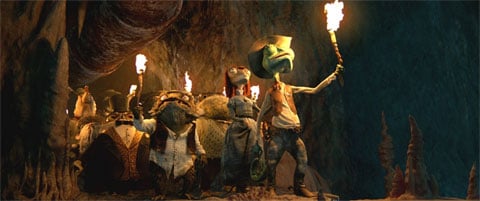
I’m still amazed by the fact that he hasn’t won an Oscar.
He hasn’t?
No, he’s been nominated eight times before this year and has never won.
That’s unbelievable.
SPOILERS
Another one of my favorite parts in this film is the cameo by Hunter S. Thompson and Oscar Zeta Acosta at the start of the movie, which is obviously a reference to Terry Gilliam’s Fear and Loathing in Las Vegas, in which Johnny Depp also starred. Even further, the movie’s poster seems to be a reference to the poster for Gilliam’s film. As a huge Thompson fan myself I’m curious where that idea came from.
I grew up reading all of Hunter’s stuff and was certainly a fan. This one was a little random in the sense that the movie had been designed, almost the entire story reel was completed, the character Rango had been designed with this kind of tropical shirt and this attitude of Gonzo-ness, if you will. And then we were looking at the first reel and that sequence, with all of the chaos and cars and the bounding to the other, to the other, to the other, around the highway. “How can this be a little more interesting, because it feels just like an animated movie? Bouncing around, hitting windshields…” and somebody suggested, “What if we saw Raoul Duke and Dr. Gonzo driving through in the Cadillac?” And I was like, “No, no, it’s not enough to see them drive through. He needs to at least hit the windshield and see Hunter S. Thompson react.” And I knew immediately in this 16 month story reel that Johnny would just have a kick playing two characters.
So Johnny did the voice for Hunter?
Oh yeah [laughs]. It’s not “Wow, what the hell is that?” it’s “Whoa, there’s another one!” [laughs] He’s been seeing lizards all day.
Along those same lines, this film has another cameo. I knew Timothy Olyphant was playing a character named The Spirit of the West going in to the film, but it wasn’t until I was watching the scene that I realized that he actually sounds a lot like a young Clint Eastwood. As cool as that was, though, was there ever an attempt made to have Clint do the voice?
No, I knew it was going to be a parody from the very beginning and in the early stages we had this concept that he’s going to commune with The Spirit of the West, and what is that? And we just came to this conclusion that here’s this actor who is very much in tune with Greek heroes and Shakespearian heroes and Sergio Leone – he’s definitely clocked the fact that he’s entered a western genre. So his hallucination or his communing with this eternal spirit, how would that manifest itself? And it just seemed obvious that it should be a Man With No Name in this identity quest. And then just hearing in my peripherals – I don’t know what movie it was – I was just hearing this voice and I was like, “What’s that?” And it was Timothy Olyphant. And I called him and he said, “I get that all the time.”
END SPOILERS

Eric Eisenberg is the Assistant Managing Editor at CinemaBlend. After graduating Boston University and earning a bachelor’s degree in journalism, he took a part-time job as a staff writer for CinemaBlend, and after six months was offered the opportunity to move to Los Angeles and take on a newly created West Coast Editor position. Over a decade later, he's continuing to advance his interests and expertise. In addition to conducting filmmaker interviews and contributing to the news and feature content of the site, Eric also oversees the Movie Reviews section, writes the the weekend box office report (published Sundays), and is the site's resident Stephen King expert. He has two King-related columns.
